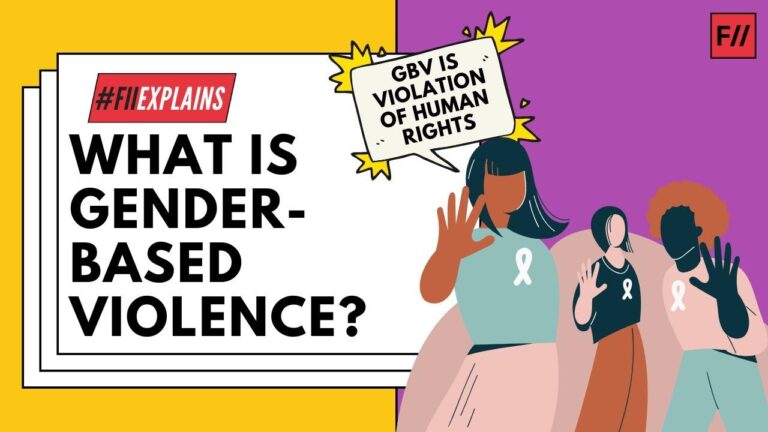The Economic Cost of Gender-Based Violence to the Family and Community
Gender-based violence (GBV) is not just a social or health issue; it also has profound economic implications for families and communities. This pervasive problem undermines the financial stability of those directly affected and the society as a whole. The repercussions of GBV extend far beyond immediate physical and emotional harm, influencing economic productivity, healthcare costs, and social services. Understanding these costs is crucial to addressing GBV effectively.
Impact on Families: Direct Financial Burden
Families dealing with the consequences of GBV often face significant direct financial burdens. Victims may require medical treatment, legal assistance, and psychological support, all of which accrue escalating costs. Additionally, lost income due to an inability to work can further strain household finances. Consequently, families affected by GBV are often pushed deeper into poverty, creating a cycle that is hard to escape.
Healthcare Costs: A Long-Term Perspective
The healthcare implications of GBV are substantial, contributing to an increased burden on public health systems. Victims often experience long-term health issues, leading to increased healthcare utilization and costs. These healthcare expenses can be attributed not only to immediate injuries but also to chronic conditions resulting from trauma. As a result, communities must allocate larger portions of their budgets to address the needs of GBV victims.
Loss of Productivity: Community Consequences
The economic impact of GBV extends into the broader community through lost productivity. When individuals are unable to work or perform to their full potential due to the effects of violence, the economic growth of the community is hindered. This loss in productivity can span various sectors, affecting local businesses and the regional economy. Thus, addressing GBV is not merely a family issue; it poses a challenge to community development as a whole.
Social Services and Legal System Strain
The consequences of GBV also place enormous strain on social services and the legal system. Increased demand for shelters, counseling, and legal services leads to resource depletion and higher costs for government and non-profit organizations. These organizations often operate under tight budgets, making it difficult to provide adequate support for all individuals in need. Without sufficient funding and resources, the response to GBV remains inadequate, perpetuating its cycle.
A Collective Responsibility
Addressing the economic cost of gender-based violence requires a collective effort from families, communities, and governments. Investment in prevention and intervention programs can mitigate the long-term financial impacts of GBV. By raising awareness, improving access to resources, and enforcing legal frameworks, communities can begin to break the cycle of violence and its economic repercussions. For more insights into the economic cost of GBV to families and communities, visit this comprehensive resource.

